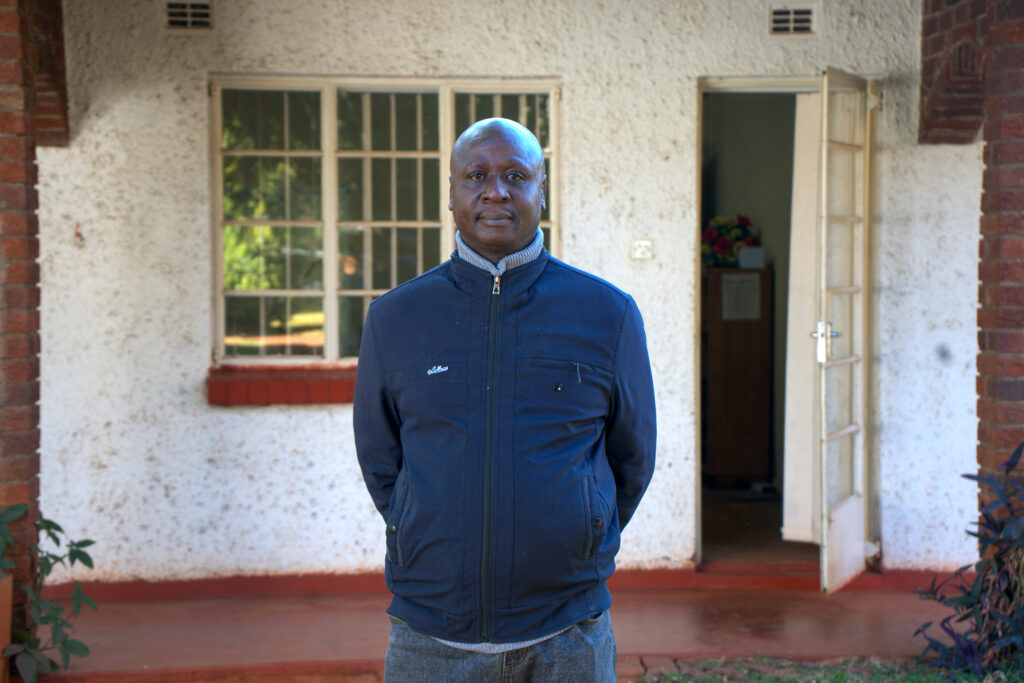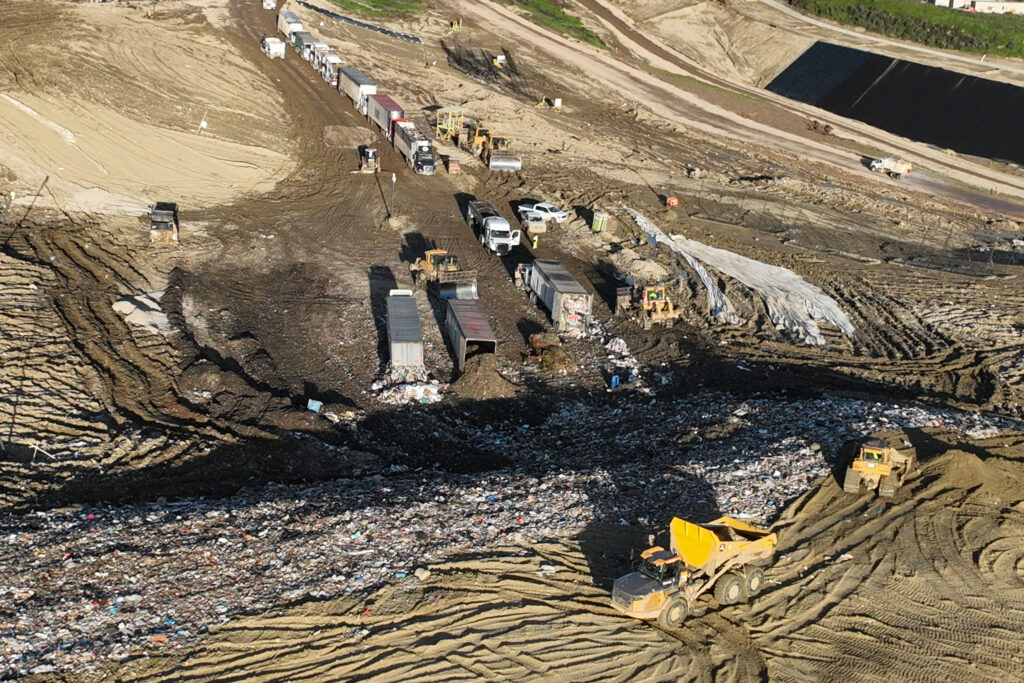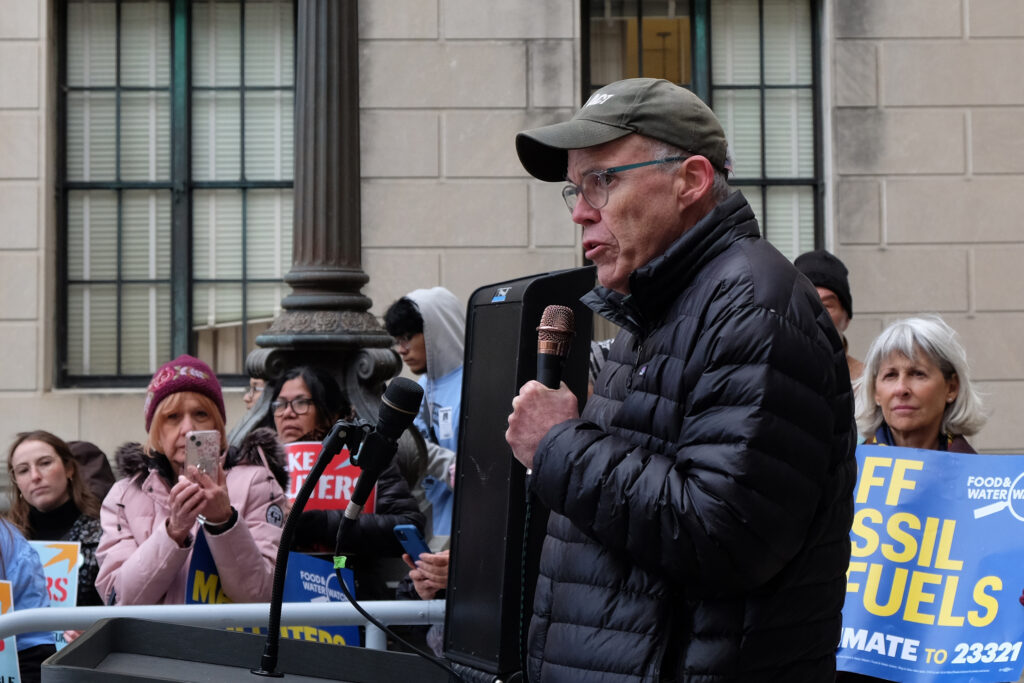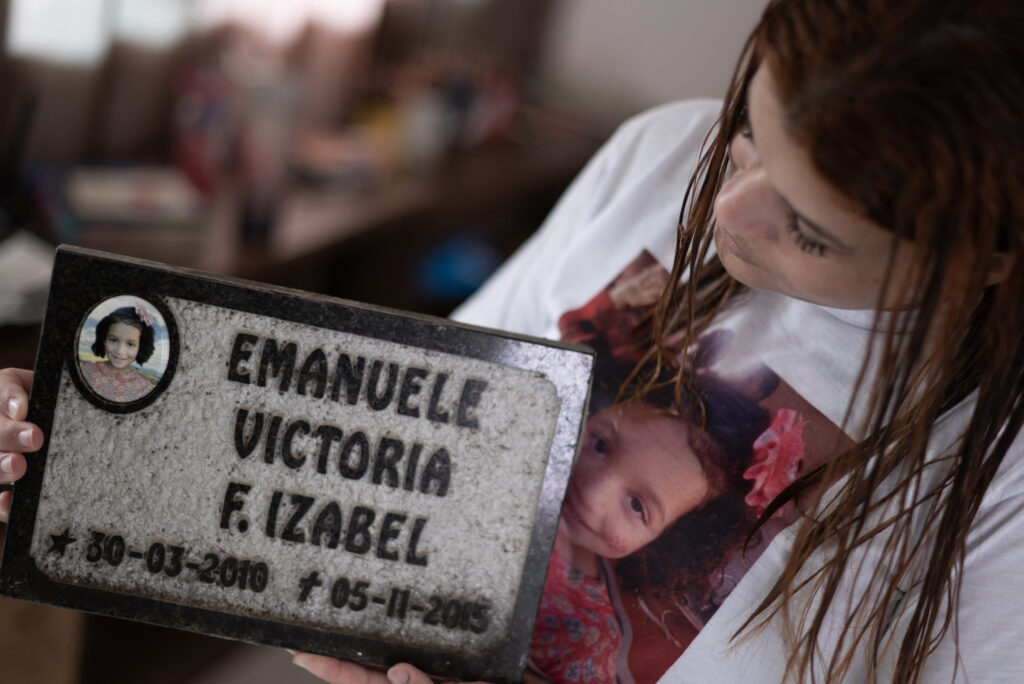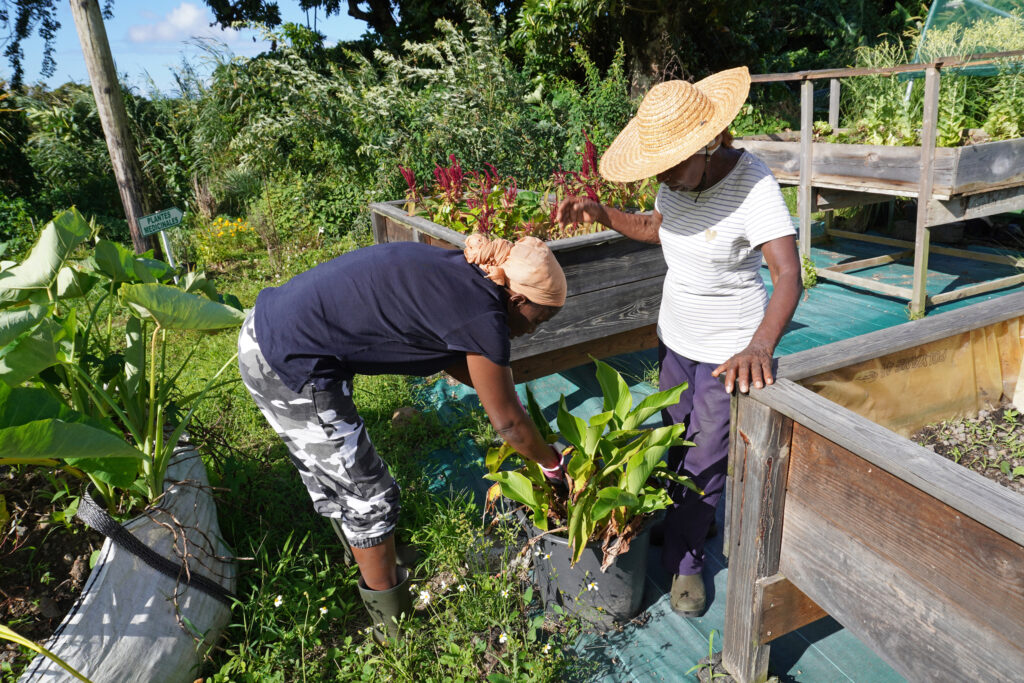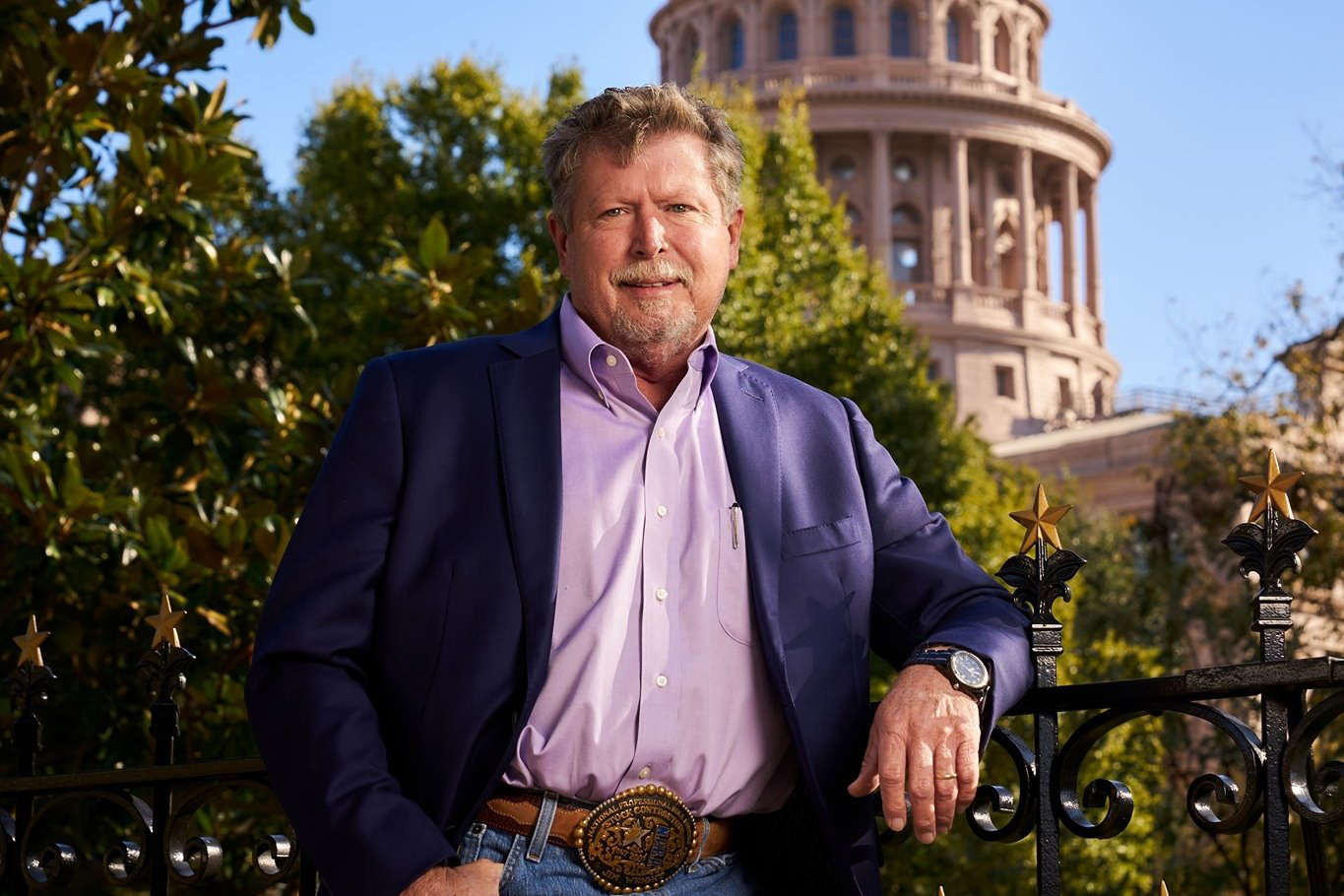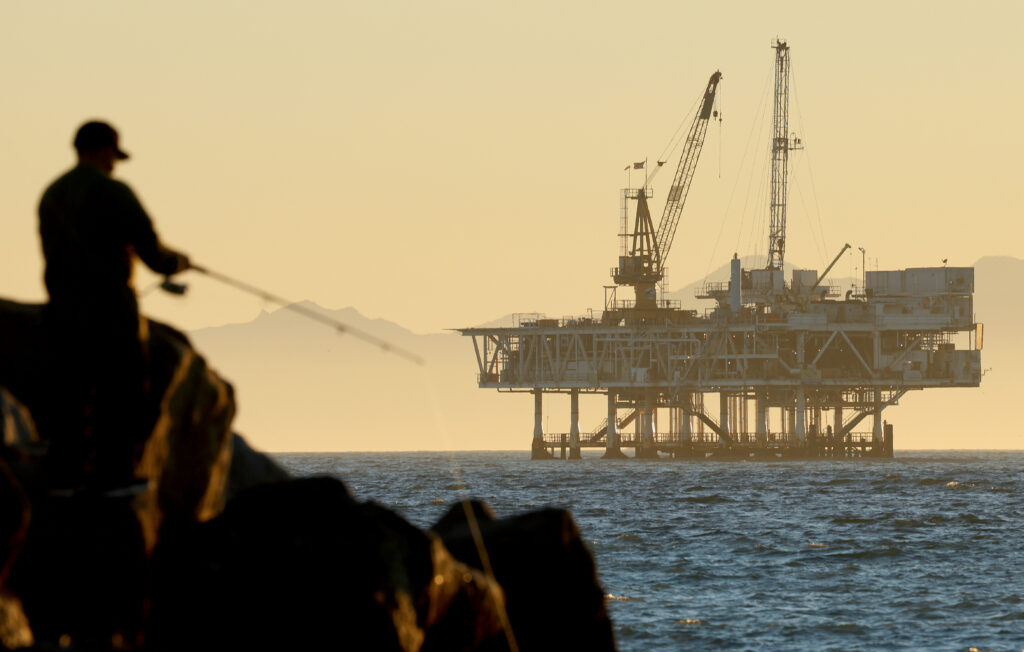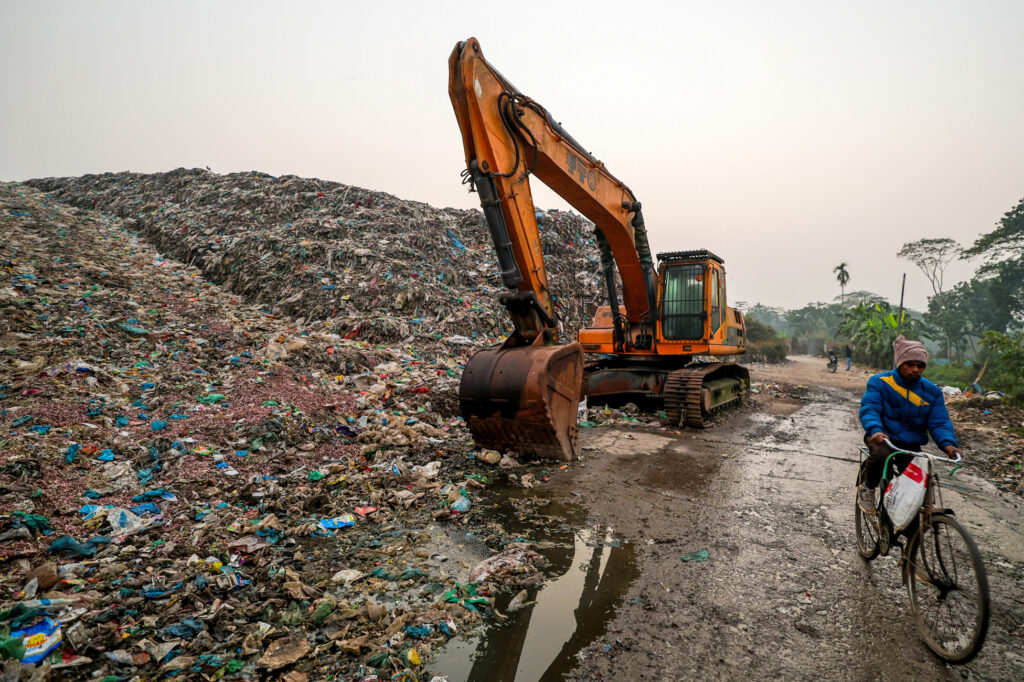Darrell Fair was in his cell at Stateville Correctional Center during a heat wave last June when he heard shouts for help. Someone in a cell nearby was in medical distress.
There was no air conditioning in the Illinois prison’s housing units, and that afternoon all the upper-tier windows were nailed shut and the exhaust fan was locked, Fair said.
Michael Broadway—a 51-year-old cancer survivor—died that day of bronchial asthma. According to his autopsy, heat stress and hypertensive cardiovascular disease were “significant contributing conditions.”
“There was no rational reason/excuse why the exhaust fan wasn’t operational or unlocked, we were currently in the middle of a extreme heat wave,” wrote Fair, now at Illinois River Correctional Center, in an electronic message to Inside Climate News. “Michael didn’t have to die.”
Broadway’s name and memory take a central position in an illustration by Fair, titled “Optical Illusion,” part of a spring exhibition at an art gallery and community space in Chicago dedicated to showcasing artists and communities impacted by incarceration.
The exhibition, hosted at Walls Turned Sideways, is called We Will Have Our Spring. It focuses on the relationship between environmental injustice—from climate change to hazardous pollution—and the U.S. carceral system.
In a piece highlighting environmental hazards in prison, Fair depicts a water tower labeled “Stateville,” contaminated with radium and lead, next to a graveyard of tombstones emblazoned with names of people—including Broadway—who died while incarcerated. In a handheld mirror next to the prison is a bottle of “natural spring water,” and at the top of the piece is a nod to Stateville’s closure in 2024, after 99 years of operation. Beneath the graveyard are a pair of hands with a broken chain between them. Fair said the hands are meant to be breaking out of shackles.
“A lot of my friends only experienced liberation paradoxically through death,” he said.

A study released last year found that people in U.S. prisons and jails are experiencing significant increases in extreme heat conditions, often without air conditioning or other critical interventions. A 2023 study found that these rising temperatures are associated with more deaths in prisons across the country.
Broadway was studying for his bachelor’s degree from Northwestern University and had recently published a novel. He was not a drug user, according to those who knew him, but when medical staff arrived at his cell they administered Narcan, assuming that his distress was due to a drug overdose, according to documents about the incident obtained by WTTW News and a lawsuit his family filed.
Some advocates hope that his death will be a wake-up call about the dangerous and sometimes fatal environmental conditions in jails and prisons, and the worsening effects of climate change.
Broadway’s death was also one of the events that inspired the Walls Turned Sideways show, said Gabrielle Christiansen, an art history PhD candidate at Northwestern University and the exhibit’s curator.
Located in East Garfield Park, a neighborhood on the West Side of Chicago, the collection will remain open until June 7. It includes a range of work from artists both incarcerated and not: paintings and illustrations, interactive installations, photography, poetry and mixed media. Some of the pieces deal with tangible environmental health crises in prisons, like toxic water or extreme heat, while others draw connections between extractivism, colonialism, slavery and carceral systems with climate change or the overuse of Earth’s natural resources.
Toxic Water: A Chronic Problem in Illinois Prisons
A pair of pieces by an artist named Ernesto Valle show another influence for the exhibit: years of toxic water at Stateville and other prisons. One of the pieces depicts kitchen staff using water vessels labeled “poison” or with contaminants like lead and legionella. The other features a correctional officer at Stateville holding a sign that says, “caution drink at your own risk.”
The two pieces “use humor to point to the horror of just having to live in a context in which you have no choice but to drink and cook with the water that you know is potentially killing you,” said Christiansen, who has worked with incarcerated students through the Prison + Neighborhood Arts/Education Project.
“In researching for the show,” Christiansen added, “it was obvious that toxic water is just maybe the most consistent issue across the nation in terms of hazardous situations in prisons.”
Incarcerated people have repeatedly reported discoloration and odors in Illinois prison water. Tests have found legionella bacteria, which can cause a potentially fatal disease, and other serious health hazards, including lead.
“I question, why wasn’t IDOC more proactive, knowing the risk that Statevilles water presented?” Fair wrote, referring to the Illinois Department of Corrections. “I can only imagine that since most of us were sentenced to long-terms, that our lives were not valued.”


After decades of complaints, the maximum security men’s correctional facility where Broadway died was closed down this year and its residents were moved to other facilities across Illinois. But Stateville was far from the only facility in the state with environmental justice hazards.
Last year, advocates and lawyers petitioned the U.S. Environmental Protection Agency for emergency action under the Safe Drinking Water Act due to “chronic and systemic shortcomings” of IDOC, the Illinois Environmental Protection Agency and the Illinois Department of Public Health in providing safe water in prisons across the state.
The petition details continued failure to address hazardous conditions such as contaminated water and untreated sewage despite years of knowledge from IDOC and IEPA. According to the petition, the IEPA inspected 30 IDOC facilities in 2022 and issued notices of violation to all of them.
Alan Mills, counsel and former executive director at Uptown People’s Law Center, one of the groups behind the petition, said they have not received a response from the EPA thus far. Mills noted that many staffers from the EPA’s Chicago office lost their jobs in recent staffing cuts. EPA did not answer a question from Inside Climate News about the petition’s status.
IDOC declined to comment. Neither the state’s Environmental Protection Agency nor its Department of Public Health responded to requests for comment.
But in a statement for a CBS News story on Broadway’s death and his family’s lawsuit, IDOC said “the Department takes seriously its commitment to serve justice and support the well-being of both our staff and the individuals in custody.”
Advocates—including both UPLC and Walls Turned Sideways—have also made a submission to the United Nations’ special rapporteurs on safe drinking water and contemporary forms of racism. The submission alleges that the U.S. and Illinois are “failing to meet their international legal obligation to provide clean and safe drinking water to the people incarcerated in Illinois prisons.”
The petition argues that conditions in Illinois prisons disproportionately harm Black people and people of color. Nearly 55 percent of the state’s prisoners are Black, for instance, compared to only 15 percent of the overall population.
Jimmy Soto, a paralegal at Northwestern University’s Pritzker School of Law and justice practitioner fellow at the Center for the Study of Race, Politics & Culture at the University of Chicago, has found elevated levels of lead in his own blood. Soto was incarcerated in Illinois prisons for 42 years and released from Stateville in 2023. Along with his cousin, he is the longest-serving wrongfully incarcerated person in Illinois history.
“Even though I’m away from that place, I feel as if I have lingering effects of Stateville that I carry with me every day,” Soto said. “Aside from the psychological part, there’s an actual physiological part of me that’s tethered to Stateville.”
Soto remembers being in cells with no hot or no cold water for weeks on end, or with toilets that didn’t flush. When he was incarcerated at Menard Correctional Center in downstate Illinois by the Mississippi River, he and others experienced frequent flooding during spring and early summer—and, again, toxic drinking water.
Mills pointed out that water just scratches the surface of the environmental hazards in Illinois prisons. IDOC’s own assessment from 2023 found $2.5 billion in deferred maintenance issues across the agency, calling it a “crisis.” Safety and security, the report added, are negatively impacted by worsening conditions at “nearly every correctional facility” in the state.
“Water is just a symptom of a deeper problem: that we have underinvested and over-incarcerated for decades,” Mills said.
This story is funded by readers like you.
Our nonprofit newsroom provides award-winning climate coverage free of charge and advertising. We rely on donations from readers like you to keep going. Please donate now to support our work.
Donate Now
Logan Correctional Center, a women’s prison deemed “unsuitable for any population” by the same state-commissioned report, is slated for closure in the next three to five years. But currently it still houses more than 1,000 women, despite ongoing reports of hazardous conditions.
“Clearly, they said these prisons were [in] dire disrepair and they needed to be closed because they were unfit to have human beings in there,” Soto said. “To me, that’s cruel and unusual punishment.”
As climate change brings increased heat risks, failure to update infrastructure can be deadly.
“These are prisons that were built in the 1920s or earlier, so they’re just not meant for the climate that we’re currently existing in,” Mills said.
Facing Climate Change, Imagining a World Without Prisons
Across the country, climate change is contributing to worsened conditions for incarcerated people already subject to environmental hazards and substandard healthcare.
According to a report released this year by the nonprofit Prison Policy Initiative, more than half of all U.S. states were court-ordered to improve the quality of prison healthcare between 2000 to 2023. PPI has also reported that at least 13 states in the hottest regions of the country lack universal air conditioning in prisons.


Extreme heat isn’t the only type of climate hazard putting prison populations at risk. A survey conducted by graduate students from the University of California, Los Angeles, on behalf of the Ella Baker Center for Human Rights found that 80 percent of incarcerated respondents in California had never participated in an evacuation drill, despite state regulations requiring it.
The vast majority of respondents were also unaware of what procedure they should follow in the event of wildfires, flooding, extreme heat or extreme cold, despite state law mandating that they should be aware of such protocols.
Meanwhile, across the country, incarcerated laborers are employed on the front lines of fighting the climate crisis, working low-wage, sometimes high-risk jobs as wildfire firefighters or to rebuild after floods and hurricanes. According to an analysis published last year by the National Employment Law Project, 30 states include incarcerated workers in their official emergency response plans.
In most cases, these workers do not receive the typical health and safety protections of the Occupational Safety and Health Act, NELP wrote.
“We should just think about how we are implicating this massive body of people who are unrightfully housed in carceral facilities to deal with climate change and climate catastrophe,” Christiansen said.
In “We Will Have Our Spring,” some of the artists interrogating environmental injustices also imagined a world without incarceration.
“I think all of the artists on display would say that we will not reach a point of environmental justice until the prison system is eliminated,” Christiansen said.


In a series of three paintings, artist Luis Trevino imagined three landscapes of open skies, the third featuring a pair of legs relaxing, from the audience’s point of view.
“Painting the skies, I was mentally free while physically incarcerated,” Trevino wrote in the label for the series.
Walls Turned Sideways, the gallery that hosted the series, aligns itself with the prison abolition movement, which seeks to replace prisons with systems that rely on investments to reduce harm, including in physical and mental health care, education, housing, employment and community-based conflict resolution.
“We commit to imagining and practicing new forms of accountability where healing and meeting people’s needs are at the forefront,” reads the gallery’s website.
Said Soto: “We need to invest in community, that’s the bottom line, as opposed to investing in the carceral system.”
About This Story
Perhaps you noticed: This story, like all the news we publish, is free to read. That’s because Inside Climate News is a 501c3 nonprofit organization. We do not charge a subscription fee, lock our news behind a paywall, or clutter our website with ads. We make our news on climate and the environment freely available to you and anyone who wants it.
That’s not all. We also share our news for free with scores of other media organizations around the country. Many of them can’t afford to do environmental journalism of their own. We’ve built bureaus from coast to coast to report local stories, collaborate with local newsrooms and co-publish articles so that this vital work is shared as widely as possible.
Two of us launched ICN in 2007. Six years later we earned a Pulitzer Prize for National Reporting, and now we run the oldest and largest dedicated climate newsroom in the nation. We tell the story in all its complexity. We hold polluters accountable. We expose environmental injustice. We debunk misinformation. We scrutinize solutions and inspire action.
Donations from readers like you fund every aspect of what we do. If you don’t already, will you support our ongoing work, our reporting on the biggest crisis facing our planet, and help us reach even more readers in more places?
Please take a moment to make a tax-deductible donation. Every one of them makes a difference.
Thank you,





